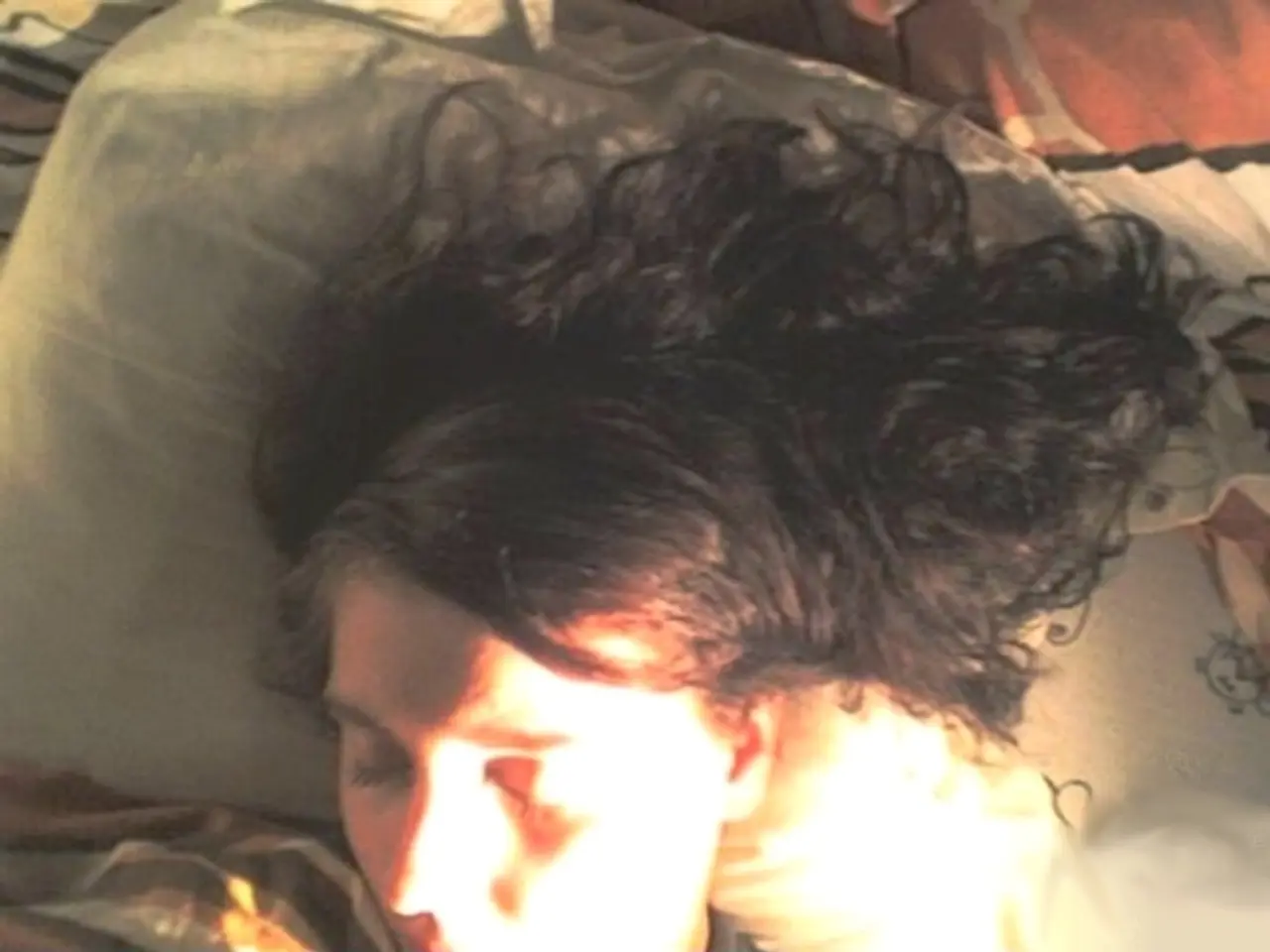Comparing Pink Noise and White Noise: A Comprehensive Guide
A recent study suggests that pink noise, a type of sound that has more energy at lower frequencies than white noise, could potentially improve work efficiency, continuous performance, and working memory. But its most promising application might be in the realm of sleep.
Current scientific findings indicate that pink noise can improve sleep quality by helping people fall asleep faster and enhancing deep sleep stages, which are crucial for restorative rest. By synchronizing brain waves with its sound pattern and increasing deep sleep and sleep spindle density—brain activity bursts that block external disturbances—pink noise may positively affect stress hormone levels, cardiovascular health, and memory consolidation.
On the other hand, white noise, which contains equal energy across all audible frequencies and sounds like a continuous “shhh,” primarily benefits by masking abrupt environmental noises that can disrupt sleep. It tends to help light sleepers and those sensitive to noise fall asleep faster and stay asleep longer by providing a consistent sound background.
While some studies show white noise can improve sleep onset and reduce awakenings, research findings are mixed, and the quality of evidence varies. Some studies have shown white noise aiding sleep in newborns, hospital patients, and people living in noisy environments, but concerns remain about potential disturbance or hearing effects for some individuals.
Other noise colors, such as brown and green, are less studied but gaining popularity. Brown noise emphasizes even lower frequencies than pink noise and is often described as deeper or heavier, while green noise mimics natural ambient sounds like wind or rain and is gaining popularity for its calming, dynamic qualities.
However, it's important to note that many of these studies included a small number of participants, and larger studies are necessary to confirm the clinical benefits of pink noise. The Centers for Disease Control and Prevention (CDC) advise that adults should aim for 7-9 hours of sleep per night and maintain consistent sleep and wake times.
Good sleep hygiene practices, such as ensuring a suitable sleeping environment, avoiding large meals, caffeine, and alcohol close to bedtime, and being physically active during the day, may have positive effects on sleep quality. In summary, it's much better to practice good sleep hygiene than to solely rely on white or pink noise for improved sleep.
A 2017 study found that short bursts of pink noise during sleep may improve memory and recall during a cognitive task, while a small study in 2017 found that using a white noise device in the bedroom significantly improved participants' sleep. Another study found that broadband noise reduced the time it took participants to get to sleep by 38% compared with normal environmental noise.
The practice of naming noises after colors, known as the noise spectrum or colors of noise, relates to the power spectrum of a noise signal, or the frequencies of the noise. As research continues, the benefits of white noise and pink noise for sleep enhancement and their cognitive and physiological benefits are becoming more clear. However, a 2021 systematic review notes that the current quality of evidence regarding the use of white noise as a sleep aid is low, and additional research is necessary before promoting its use.
Pink noise, due to its potential to enhance deep sleep stages and improve sleep quality, could be beneficial for health-and-wellness, particularly in regards to sleep. Moreover, a 2017 study revealed that using pink noise during sleep might improve memory and recall, suggesting its possible effects on cognitive functions as well.




